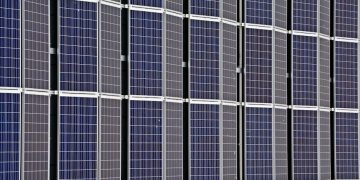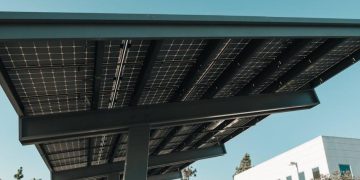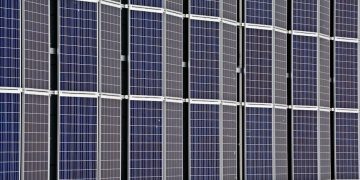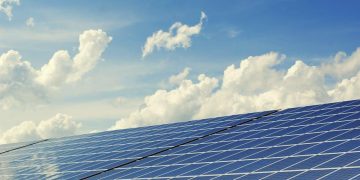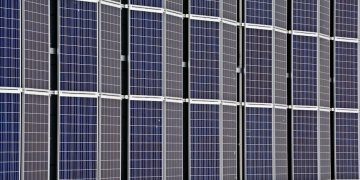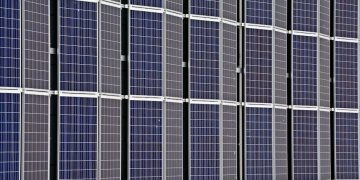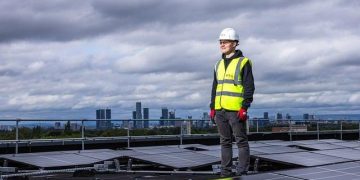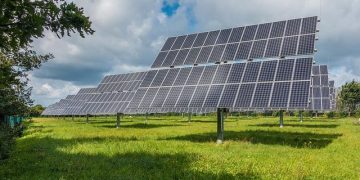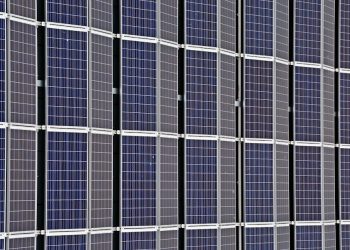In a world increasingly powered by innovation and necessity, the sun—our steadfast celestial companion—stands at the forefront of a renewable energy revolution. As commercial solar projects sprout across vast landscapes, transforming sunlight into electricity, they offer a beacon of hope in the quest for sustainable energy solutions. Yet, like all significant endeavors, they come with their own set of complexities and considerations. This article delves into the nuanced , exploring the delicate balance between harnessing the sun’s abundant energy and preserving the ecosystems that share our planet. Join us as we illuminate the shadows of this green revolution, examining both the bright potential and the challenges that lie in its wake.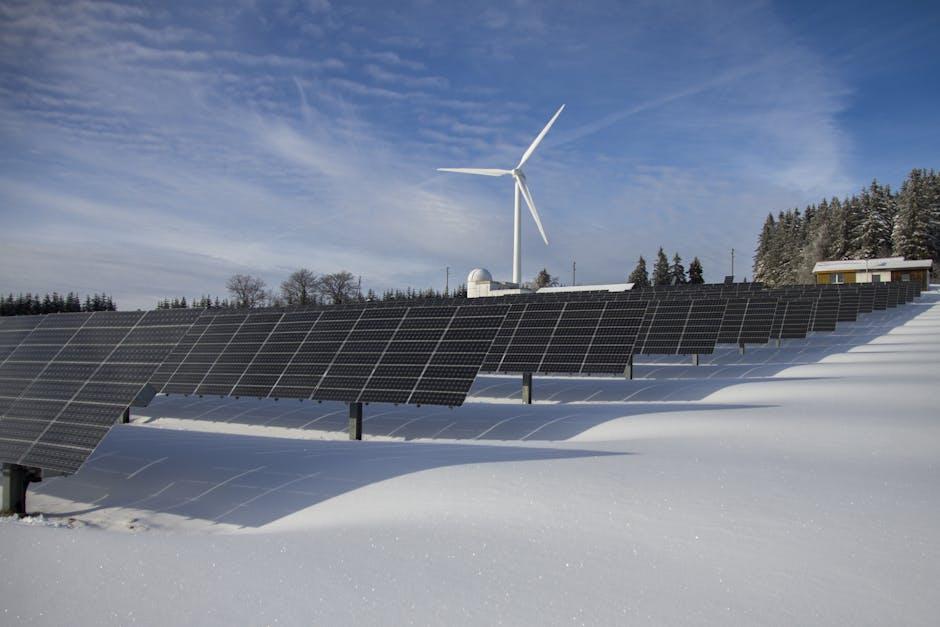
Harnessing the Sun: A Closer Look at Land Use and Habitat Disruption
Commercial solar projects, while promising a renewable energy future, bring forth significant considerations regarding land use and potential habitat disruption. The vast expanses required for solar farms can lead to the conversion of agricultural land, forests, or deserts, impacting local ecosystems and biodiversity. It is crucial to understand the trade-offs involved when large tracts of land are transformed for energy purposes. Proper site selection and innovative design can help mitigate some of these effects, ensuring that solar energy remains a sustainable choice.
- Strategic Placement: Selecting previously disturbed or degraded lands for solar installations can minimize the ecological footprint.
- Dual-use Solutions: Implementing agrovoltaics, where solar panels coexist with agricultural activities, can maintain land productivity.
- Wildlife Corridors: Designing solar farms with pathways for wildlife movement helps preserve native species.
- Vegetation Management: Integrating native plant species beneath solar panels can promote local biodiversity and reduce soil erosion.
Through thoughtful planning and the integration of sustainable practices, the environmental impact of solar energy projects can be significantly reduced, aligning the pursuit of clean energy with the preservation of our natural world.

Balancing Act: Navigating Water Resources and Solar Infrastructure
In the intricate dance of sustainable development, aligning water resources with solar infrastructure emerges as a critical balancing act. The placement and maintenance of solar panels, particularly in large commercial projects, often necessitate significant water usage, whether for cleaning panels to maintain efficiency or managing the microclimates they inadvertently create. Efficient water management strategies become indispensable in ensuring that the pursuit of renewable energy does not inadvertently strain local water supplies.
- Innovative cooling technologies: Implementing dry cooling systems or air-cooled condensers can significantly reduce water consumption.
- Rainwater harvesting: Collecting and utilizing rainwater for panel maintenance can mitigate the impact on local water sources.
- Adaptive landscaping: Using drought-resistant plants around solar farms not only enhances aesthetics but also conserves water.
Balancing these elements requires a nuanced understanding of both environmental and technological frameworks. It’s about harmonizing renewable energy goals with the ecological necessities of water conservation, ensuring a sustainable path forward.
Beyond the Panels: Assessing Long-Term Waste and Recycling Challenges
As the sun sets on conventional energy sources, the rise of commercial solar projects heralds a new dawn in sustainable energy. However, beyond the gleaming panels and promises of a greener tomorrow lies a landscape riddled with long-term waste and recycling challenges. While solar technology is a beacon of hope in reducing carbon footprints, the environmental impact of these installations must be scrutinized. From the manufacturing process to end-of-life disposal, each stage presents unique challenges that demand innovative solutions. The lifecycle of solar panels, typically spanning 25 to 30 years, necessitates the development of efficient recycling strategies to manage the impending influx of solar waste.
- Material Recovery: Key components like silicon, glass, and metals must be recovered efficiently to minimize landfill contributions.
- Technological Advancements: Continuous innovation is essential to enhance the recyclability of newer solar panel designs.
- Policy Implementation: Government and industry collaboration is crucial in establishing guidelines and incentives for sustainable disposal practices.
Addressing these challenges is imperative not only for environmental sustainability but also for the economic viability of the solar industry. As we bask in the glow of renewable energy, a concerted effort to mitigate waste and promote recycling will ensure that the benefits of solar power extend beyond mere energy production.

Paving the Way: Strategic Recommendations for Sustainable Solar Development
As commercial solar projects continue to expand, a proactive approach is essential to minimize their environmental footprint. One effective strategy is the integration of biodiversity-friendly practices. Solar installations can be designed to coexist harmoniously with local ecosystems by incorporating native vegetation and wildlife corridors. This not only supports habitat preservation but also enhances the aesthetic appeal of solar farms, fostering a positive community perception.
Another critical recommendation is the adoption of advanced technology and materials. Utilizing bifacial solar panels and tracking systems can maximize energy efficiency, reducing the land area required for installations. Additionally, selecting materials that are durable and recyclable helps mitigate long-term environmental impacts. Key considerations include:
- Implementing water-efficient cleaning techniques to reduce water usage.
- Exploring agrivoltaics, where solar panels and agriculture coexist, boosting land productivity.
- Engaging with local communities to ensure projects align with their environmental and social values.
To Wrap It Up
As the sun sets on our exploration of the , we find ourselves at the intersection of innovation and responsibility. These vast arrays of shimmering panels, stretching across fields and rooftops, symbolize more than just a shift in energy sourcing; they represent a beacon of hope for a more sustainable future. Yet, as with any transformative journey, the path is lined with both challenges and opportunities. It is up to us to navigate this landscape with thoughtful consideration, ensuring that the footprints we leave are light and the legacy we build is enduring. As we continue to harness the sun’s power, let us remain vigilant stewards of our planet, balancing progress with preservation, and lighting the way for generations to come.






